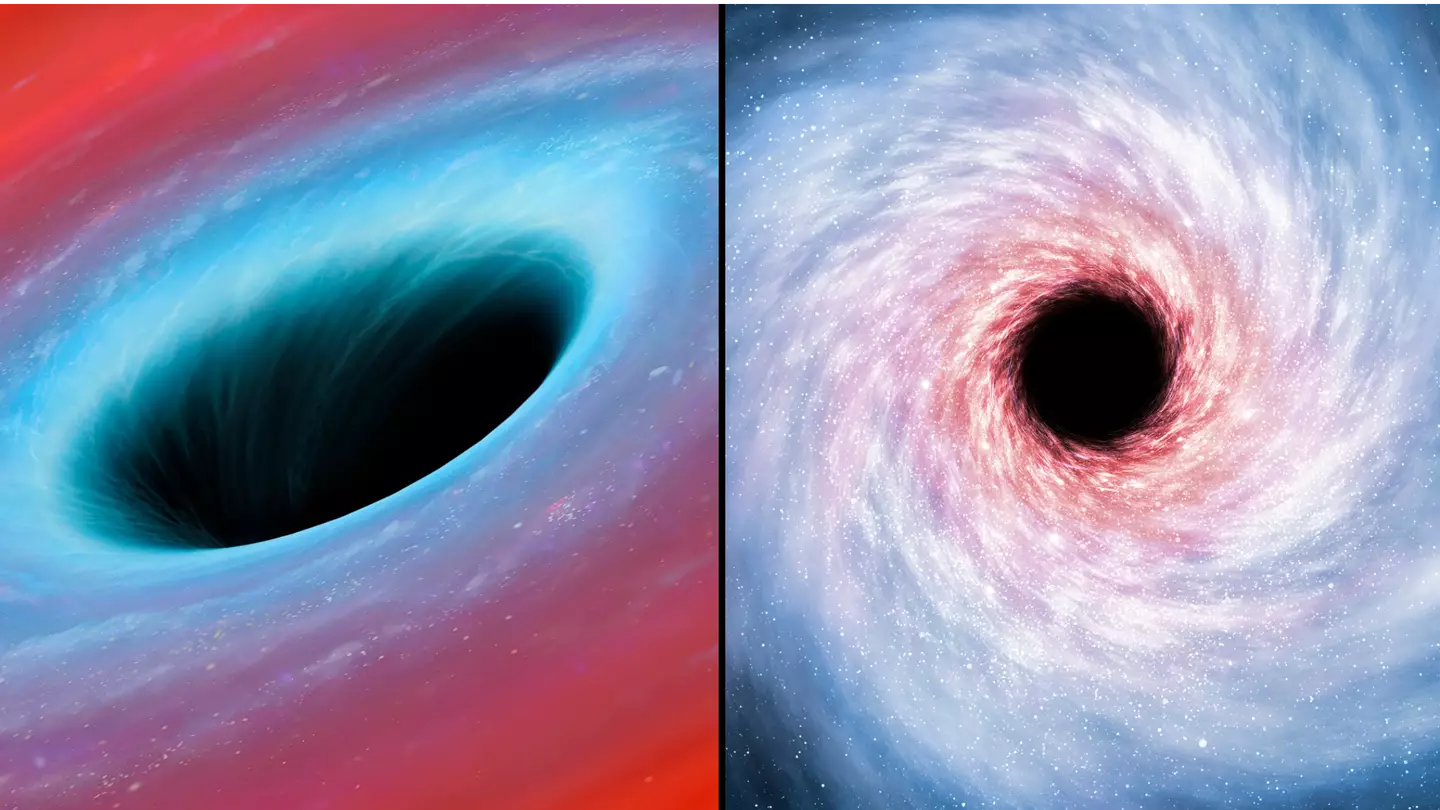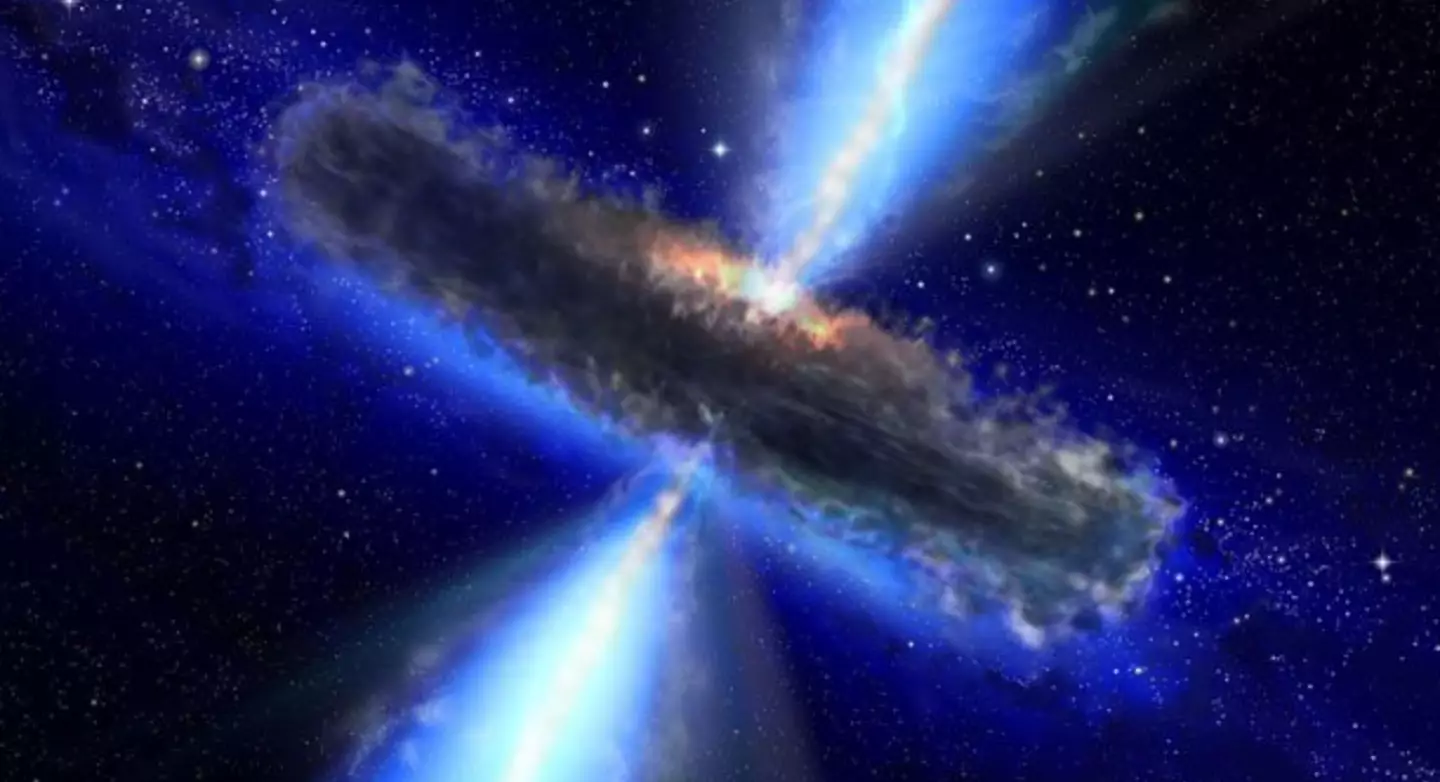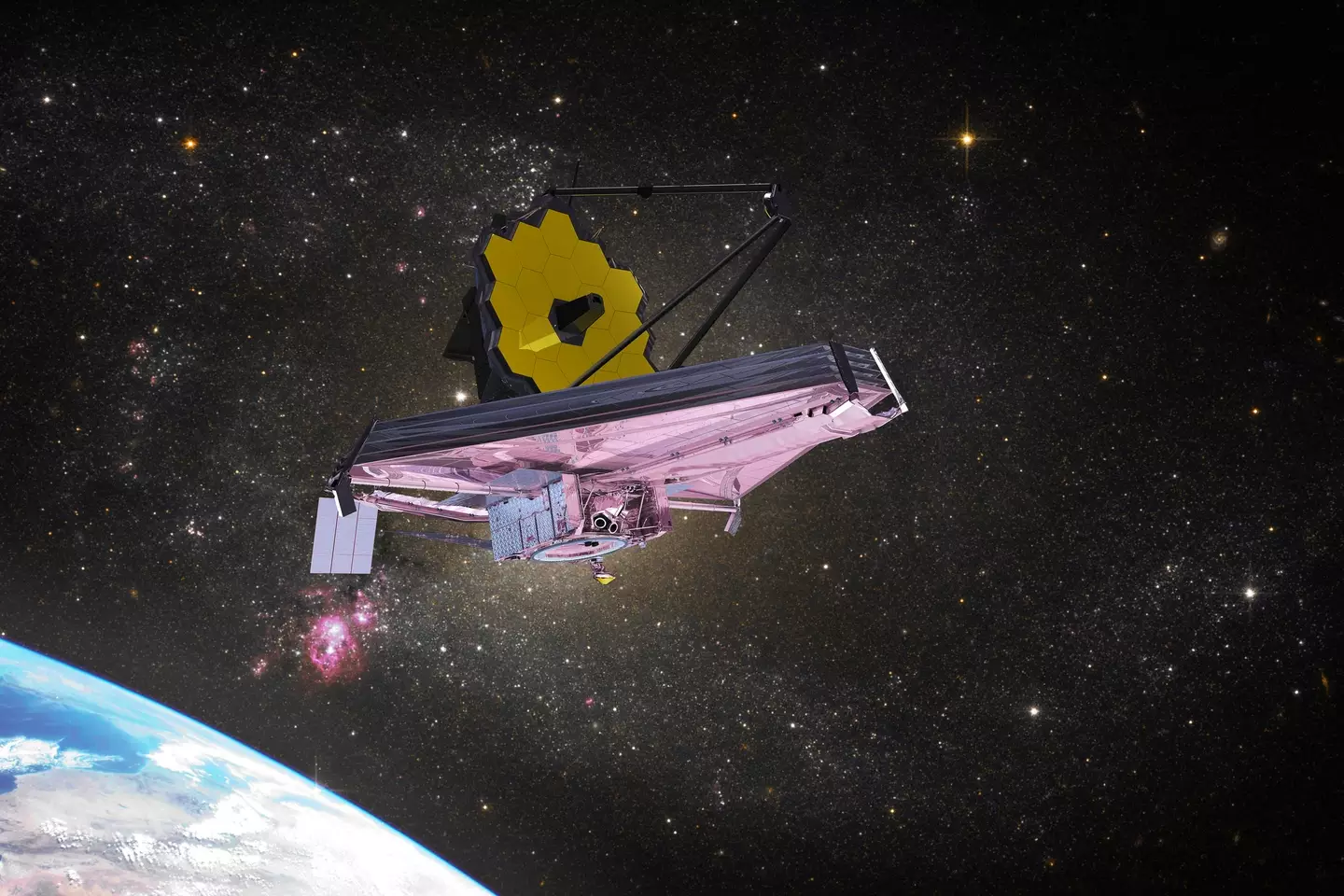
Scientists have found a large body of water in a black hole 12 billion light-years away.
That's certainly a long distance away.
Yep, it's pretty hard to get your head around, but the amount of water contained in the black hole is the equivalent of all the water available in the world's oceans, if you multiply it by 140 trillion, that is.
Advert
It's hard to comprehend, right?
Two teams of astronomers discovered the water, which is the largest body of water to ever be found.
According to NASA scientist Matt Bradford, who was involved in the discovery, the water feeds a quasar, which is a type of black hole.
Advert
“The environment around this quasar is very unique in that it’s producing this huge mass of water,” Bradford wrote in a statement.
“It’s another demonstration that water is pervasive throughout the universe, even at the very earliest times.”

Quasars emit large amounts of energy by steadily consuming the surrounding disk of gas and dust.
Advert
According to NASA, astronomers had expected to find water vapor present in the distant universe, however, it has not been detected at this range before.
In particular, the teams studied a quasar called APM 08279+5255, which contains a black hole 20 billion times bigger than the Sun with as much energy as a thousand trillion suns.
From this, Bradford's team was able to get more information on the water - which also included several spectral signatures in the water.
In other groundbreaking space news, the James Webb Space Telescope has found light on an Earth-like planet.
Advert
In one of its latest discoveries, Webb has followed up on the work of NASA's infrared Spitzer Space Telescope.

Back in 2016, the Spitzer discovered seven planets orbiting the same star, which is known as TRAPPIST-1 in the scientific community.
About 40.7 light-years away from Earth, the star itself was discovered 24 years ago.
Advert
And now, researchers have used Webb to investigate one of the planets that were found.
The planet, known as TRAPPIST-1 b, is Earth-like in its composition, with it also roughly being the same size as our planet.
And the research has been groundbreaking - with it being the first time any light has been detected as being emitted from another planet outside of our solar system.
Could this mean we're one step closer to finding life out there?
Featured Image Credit: Getty stock images